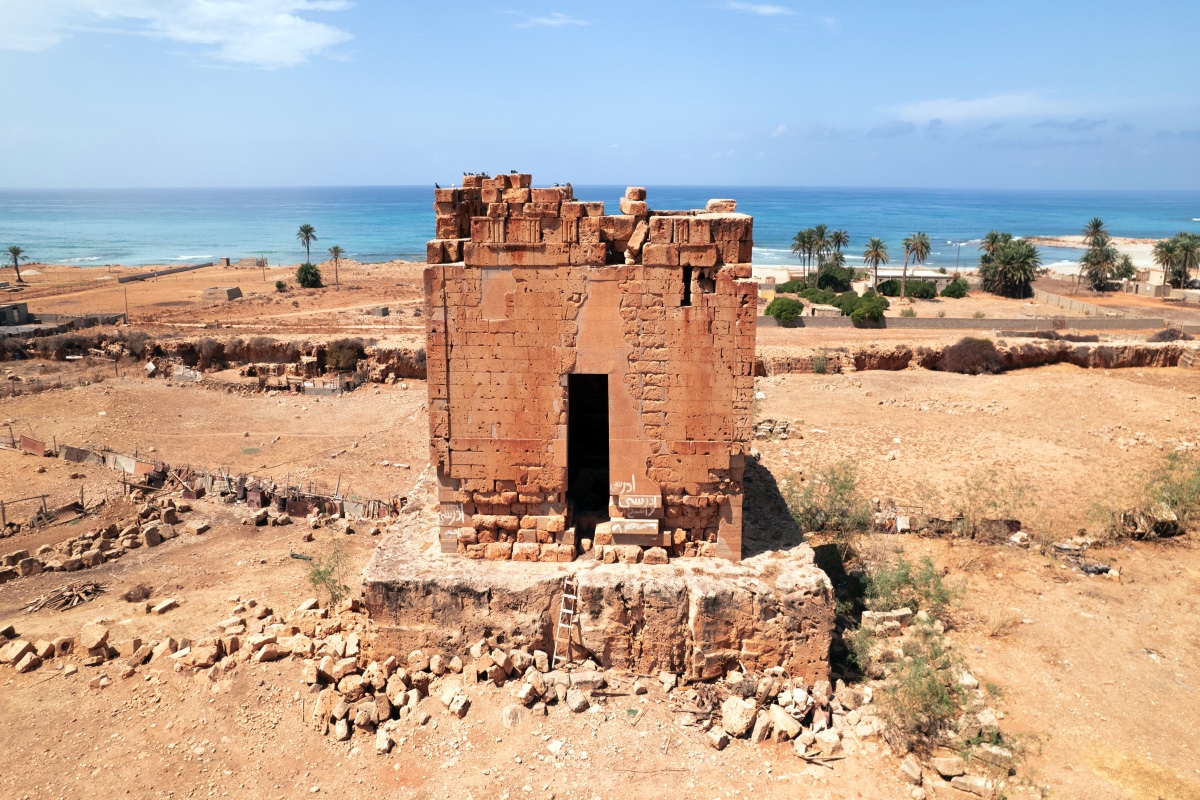Clocks
 Before the invention of mechanical clocks, timepieces used the sun’s motion or simple measurement devices to track time. The sundial may be the best known ancient keeper of time, and it is still manufactured as a popular garden accessory—but for its visual interest, not for practical time measurement. Stonehenge, the giant monument built of upright stones on the Salisbury Plain of Wiltshire, England, may have been used as a sundial and for other time and calendar purposes. Sundials have obvious disadvantages; they can’t be used indoors, at night, or on cloudy days.
Before the invention of mechanical clocks, timepieces used the sun’s motion or simple measurement devices to track time. The sundial may be the best known ancient keeper of time, and it is still manufactured as a popular garden accessory—but for its visual interest, not for practical time measurement. Stonehenge, the giant monument built of upright stones on the Salisbury Plain of Wiltshire, England, may have been used as a sundial and for other time and calendar purposes. Sundials have obvious disadvantages; they can’t be used indoors, at night, or on cloudy days.
Other simple measurement devices were used to mark time. Four basic types could be used indoors and regardless of the weather or time of day. The candle clock is a candle with lines drawn around it to mark units of time, usually hours. By observing how much of the length of a candle burned in one hour, a candle made of the same material was marked with lines showing one-hour intervals. An eight-hour candle showed that four hours had passed when it had burned down beyond four marks. The clock candle had the disadvantages that any changes in the wick or wax would alter burning properties, and it was highly subject to drafts. The Chinese also used a kind of candle clock with threads used to mark the time intervals. As the candle burned, the threads with metal balls on their ends fell so those in the room could hear the passage of the hours as the balls pinged on the tray holding the candle.
The oil lamp clock that was used through the eighteenth century was a variation and improvement on the candle clock. The oil lamp clock had divisions marked on a metal mount that encircled the glass reservoir containing the oil. As the level of oil fell in the reservoir, the passage of time was read from the markings on the mount. Like the candle clock, the oil lamp clock also provided light, but it was less prone to inaccuracies in materials or those caused by drafty rooms.
Water clocks were also used to mark the passage of time by allowing water to drip from one container into another. The marks of the sun’s motion were made on the first container, and, as water dripped out of it and into another basin, the drop in water level showed the passage of the hours. The second container was not always used to collect and recycle the water; some water clocks simply allowed the water to drip on the ground. When the eight-hour water clock was empty, eight hours had passed. The water clock is also known as the clepsydra.
Hourglasses (also called sand glasses and sand clocks) may have been used by the ancient Greeks and Romans, but history can only document the fact that both cultures had the technology to make the glass. The first claims to sand glasses are credited to the Greeks in the third century b.c. History also suggests sand clocks were used in the Senate of ancient Rome to time speeches, and the hourglasses got smaller and smaller, possibly as an indication of the quality of the political speeches.
The hourglass first appeared in Europe in the eighth century, and may have been made by Luitprand, a monk at the cathedral in Chartres, France. By the early fourteenth century, the sand glass was used commonly in Italy. It appears to have been widely used throughout Western Europe from that time through 1500. The hourglass or sand clock follows exactly the same principle as the clepsydra. Two globes (also called phials or ampules) of glass are connected by a narrow throat so that sand (with relatively uniform grain size) flows from the upper globe to the lower. Hourglasses were made in different sizes based on pre-tested measurements of sand flow in different sizes of globes. A housing or frame that enclosed the globes could be fitted to the two globes to form a top and bottom for the hourglass and was used to invert the hourglass and start the flow of sand again. Some hourglasses or sets of hourglasses were set in a pivoted mount so they could be turned easily.
13-43













2011
1,367 views
views
1
comments